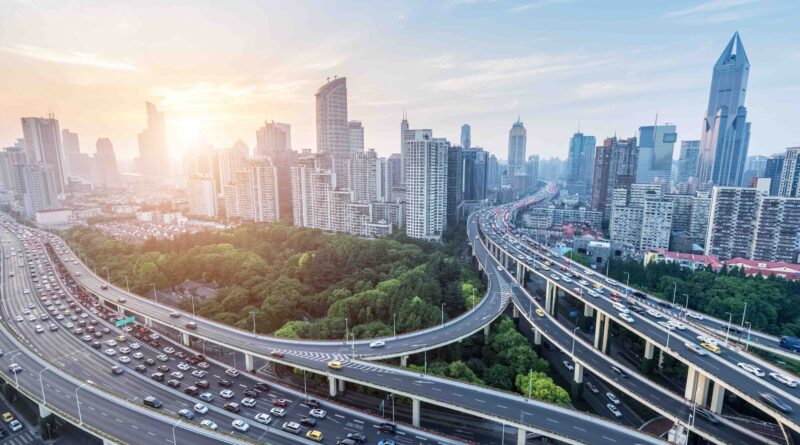Infrastructure Work Holds Greatest Promise for U.S. Economy
Infrastructure is the way to boost the economy.
According to UPI, the Harding administration was awash in scandals. Teapot dome was the most outrageous in the illegal sale of oil licenses. The head of the Veterans Bureau Charles Forbes was guilty of embezzling nearly $2 billion in current dollars. And there were other cases of massive corruption.
In addition to having one of the most scandal-laden presidencies, Harding was a known womanizer. Despite Prohibition that began in 1919, Harding still consumed alcohol in the White House. But, almost invisibly to most observers, he also set in motion this extraordinary economic growth.
Other than Andrew Johnson, no president arrived in office at a worse time. World War I ended in November 1918. The Spanish flu killed nearly 700,000 Americans. Twenty-four letter bombs terrorized the country, probably more than Sept. 11 did.
Hundreds of thousands were detained under the Espionage and Sedition Acts on the vague charge of criticizing the government. Tens of thousands were deported without due process. Massive labor riots and protests shook the country, compounded by the “red scare” that made Joe McCarthy’s obsession with communism seem trivial. And Woodrow Wilson had been incapacitated for much of his second term.
The 1920-21 recession was winding down. So what did Harding do in these circumstances? First, he signed the Federal Aid Highway Act and the Budget and Accounting Act in 1921 that created the Bureau of the Budget. Second, he moved to cut government spending and taxes from 70%, eventually to 25% in 1925. Third, in his touting of “returning to normalcy,” he allowed the private sector to take charge.
The 19th Amendment, giving women the vote, empowered half the population with newly found “freedoms.” The end of the war unleashed new demand and technology exploited that. Automobile sales skyrocketed.
Cars required new roads made possible by the Highway Act that, in turn, depended on concrete and other materials, as well as a surfeit of workers. Cars needed steel, rubber, gas stations, meaning gasoline was in great demand and hospitality facilities for dining and sleeping that supercharged the economy.


